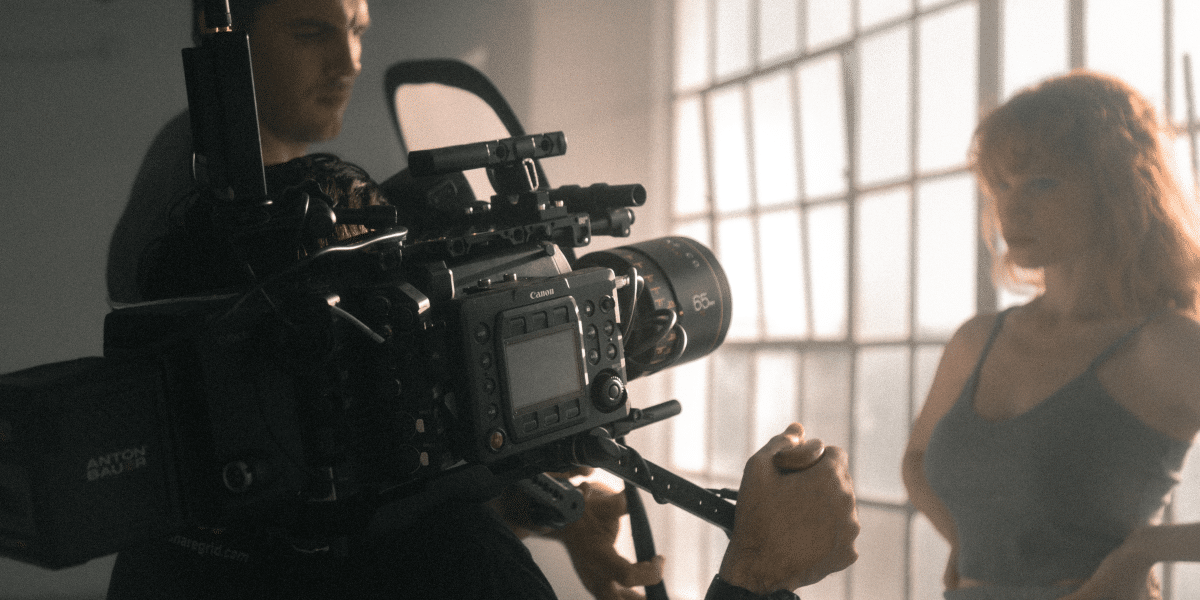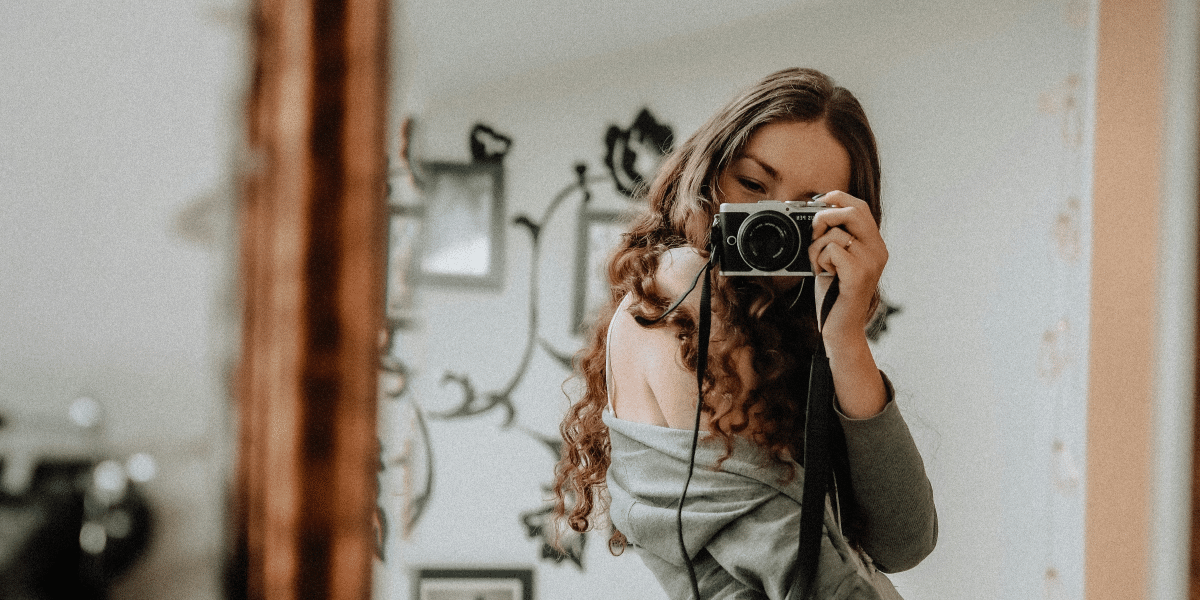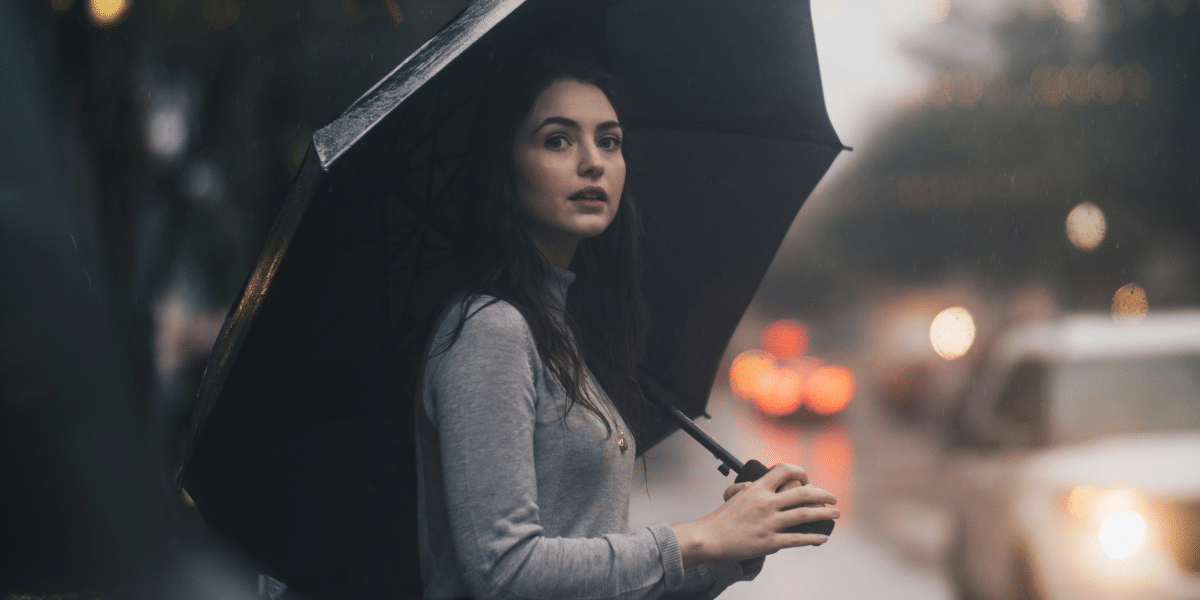Understanding Cinematography
Cinematography is the magic behind the movies, bringing stories to life on the big screen and captivating audiences worldwide. It’s the art and craft of capturing images on film or digital media, encompassing everything from camera angles and movements to lighting and composition. In this article, we’ll delve deeper into the fascinating world of cinematography, exploring its role in shaping cinematic narratives and the techniques used to convey emotion, depth, and atmosphere.
At its core, cinematography is about more than just pointing a camera and pressing record. It’s about visual storytelling—using light, shadow, color, and movement to evoke emotions, convey meaning, and engage viewers on a deeper level. Cinematographers, also known as directors of photography (DPs), collaborate closely with directors to translate the script into a visual language that captures the essence of the story.
Creating Mood and Atmosphere
One of the most powerful aspects of cinematography is its ability to set the mood and atmosphere of a film. Through lighting, color palettes, and camera techniques, cinematographers can create a sense of tension, intimacy, or awe, drawing audiences into the world of the story. Whether it’s the haunting shadows of a film noir or the dreamlike hues of a fantasy epic, cinematography plays a crucial role in shaping the emotional landscape of a film.
Cinematography is also instrumental in enhancing the depth and complexity of a film’s narrative. By carefully choosing camera angles, compositions, and visual motifs, cinematographers can convey subtle themes and symbolism that add layers of meaning to the story. Every frame is a piece of the puzzle, contributing to the overall narrative arc and inviting viewers to uncover hidden depths with each viewing.
Conveying Character Emotions
In addition to setting the mood and enhancing the narrative, cinematography is essential for conveying the emotions of the characters. Through close-ups, camera movements, and shot sizes, cinematographers can capture the nuances of facial expressions and body language, allowing viewers to connect with the characters on a visceral level. Whether it’s the joy of a long-awaited reunion or the anguish of a devastating loss, cinematography brings these moments to life with breathtaking clarity and impact.
As technology continues to advance, so too does the art of cinematography. From the invention of the steady cam to the rise of digital filmmaking, cinematographers are constantly pushing the boundaries of visual storytelling. Whether it’s experimenting with drone shots to capture sweeping vistas or harnessing the power of CGI to create fantastical worlds, cinematographers are always seeking innovative ways to capture the imagination and transport viewers to new realms of cinematic experience.
The Collaborative Process
Behind every stunning shot and breathtaking sequence lies a collaborative effort between cinematographers, directors, production designers, and visual effects artists. Together, they work tirelessly to bring the director’s vision to life, drawing on their collective expertise and creativity to craft unforgettable moments that stay with audiences long after the credits roll.
In the world of filmmaking, cinematography is more than just a technical skill—it’s an art form that transforms words on a page into vivid images that linger in the mind. Through the careful manipulation of light, composition, and movement, cinematographers have the power to transport viewers to new worlds, evoke powerful emotions, and tell stories that resonate across cultures and generations. So the next time you watch a movie, take a moment to appreciate the artistry of cinematography and the role it plays in shaping the stories we love.






